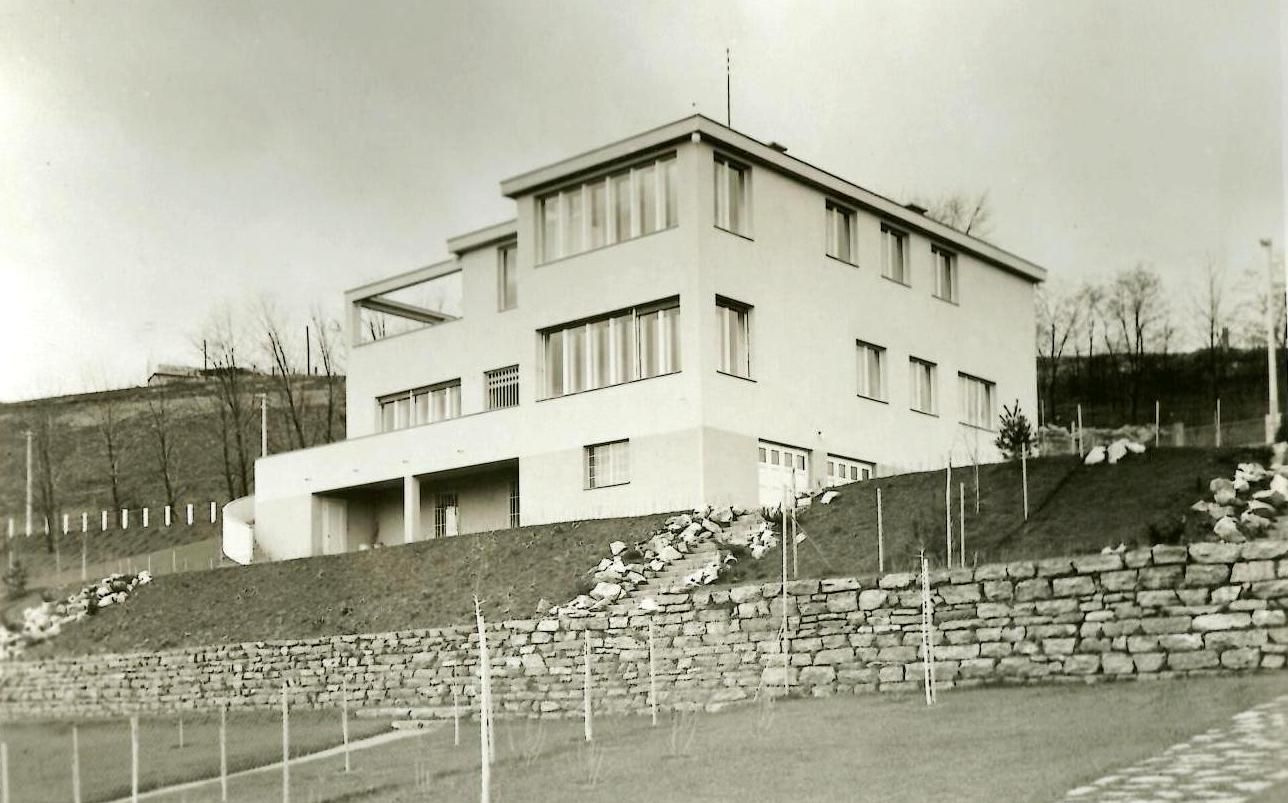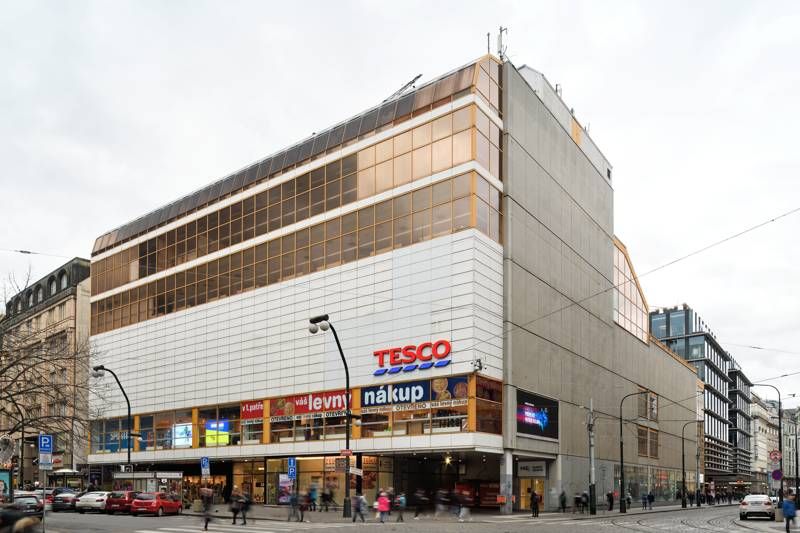Early autumn brings cold mornings, rainy days, but also pleasant sunny weather. The relatively mild temperatures in October or November still make it possible to combine sightseeing around Prague with exploring places far from the reach of the tourist crowds. The villa environment offers a great experience. Here too, you can enjoy city views, get to know the unique architectural features and historical attractions.
With Aktuálně.cz’s guidance, no one should go unnoticed, for example, in the villa where the famous writer Karel Čapek, actress Lída Baarová or politician Milada Horáková live. Head of house Pavel Vec he passed through the twelve residential districts of Prague and made walking routes with descriptions of each house. We remind you of four architectural guides.
Builder Václav M. Havel, inspired in San Francisco, and his brother, film producer Miloš Havel, came up with the idea to build a garden villa colony in Barrandová, bordered by a film studio on one side and a restaurant with a view on the other. The functionalist style prevails on the rocky hill above the Vltava.
At one time, actress Adina Mandlová, theater and film actor Miloš Nedbal, and director and screenwriter Pavel Juráček, after returning from emigration in the early 1980s, lived here. Some sources say that one of the villas here is also supposed to be the residence of the Minister of Propaganda of the Third Reich, Josef Goebbels.
The sad fact is that most family homeowners and builders were affected by the repression of the two totalitarian regimes. It was as if Barrandov was cursed, which is understandably given by the depraved system of the 20th century.
Strolling along Hanspaulka can also be an opportunity to get to know the city where we live better. Take a leisurely stroll through the streets and stop at the amazing houses for their architecture and owners. This part of Prague impresses with its hillside location, views, city planning, wide “highways” with grass lanes and narrow streets. No wonder artists and celebrities love this district in the First Republic.
Actress Lída Baarová, or rather her father, city official Karel Babka, built a villa in Hanspaulka with his wife Ludmila and sister Lída Zorka. The form of a functionalist house resembles a ship. An interesting fact is that the height of the rooms is very low – up to 265 centimeters, giving the rooms a ship cabin feel.
General and Prime Minister Alois Eliáš lived in the neighborhood, after the war, the military commander of the Prague Uprising, General Karel Kutlvašr, found a house in Hanspaulka, nearby was also actor Vlasta Burian or general secretary of the Central Committee of the Communist Party and one of the most powerful men of the regime communist, Miloš Jakeš.
Smíchov is not only the business and office center of the city around Anděl, but also a superb residential district stretching on the southern slopes of Strahov. There used to be a vineyard here, and it wasn’t until the late 19th century that the land here began to be sold in large quantities as building blocks for family homes.
Interesting places with views of Prague are loved, for example, by songwriter and singer Karel Hašler, writer, artist and creator of the legendary character Ferdy the Ant Ondřej Sekora, famous actor Karel Höger, writer Josef Kolář and famous music composer Ludvík Podéšť.
After the end of the Second World War, Milada Horáková, a lawyer, politician, member of the National Socialist parliament, and his family moved into one of the local villas. And he lived here until 1949, when he was arrested by the communist authorities. Her husband, Bohuslav Horák, fled State Security from this house on September 27, 1949. He disappeared on the terrace through the garden wearing only sandals and emigrated to the United States. Milada Horáková was killed by the communists after a made-up trial.
At the turn of the 19th and 20th centuries, a distinctive district of luxury villas began to emerge in the place of Královské Vinohrady, built mainly on the plateau, sloping south towards Vršovice. Sisi, framed above by Korunní street and below by Ruska třída, experienced peak development in the 1920s and 1930s, when progressive intellectuals, writers, composers, and sculptors settled here, bringing with them a new architectural style, modernity.
Jan Kotěra, a leading figure in Czech modern architecture, built a villa here, and the sculptor Ladislav Aloun has a studio nearby. The special house consists of a vestibule, large and small studios, a salon, a Slovak room and a keeper’s apartment. Czech cultural celebrities such as František Bílek, Otokar Březina, Alfons Mucha, Ema Destinnová, Jan Kubelík or Josef Váchal meet here.
Czechoslovakia’s interwar intellectual elite, called Friday, regularly sought refuge a little further afield, in the large garden villa belonging to Josef and musty Karel. The painter Josef lives in a four-room apartment with his wife Jarmila and daughter Alena, the world-famous writer Karel has lived alone in his section for more than ten years. His wife, actress and writer Olga Scheinpflugová, did not move here until 1935.
The Aktuálně+ platform helps us bring you closer to our work and perhaps also how the selected text is created. You can already read, for example, how the esko 21 Poor project was created, or you could try a quiz that tests your geographic knowledge. And we also offer textbooks dedicated to walking through residential areas in Prague, but also in other Czech and Moravian cities.

“Tv nerd. Passionate food specialist. Travel practitioner. Web guru. Hardcore zombieaholic. Unapologetic music fanatic.”







